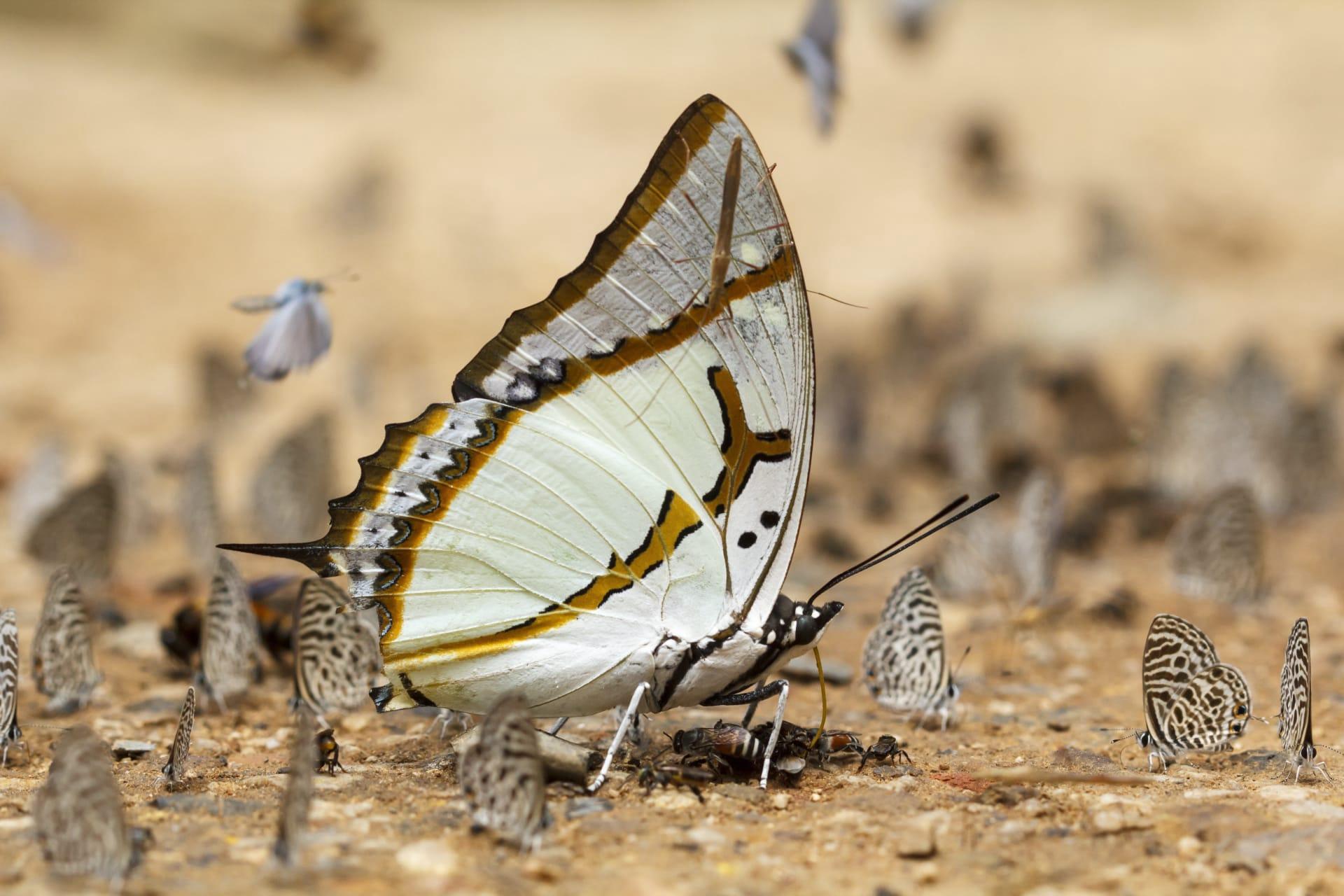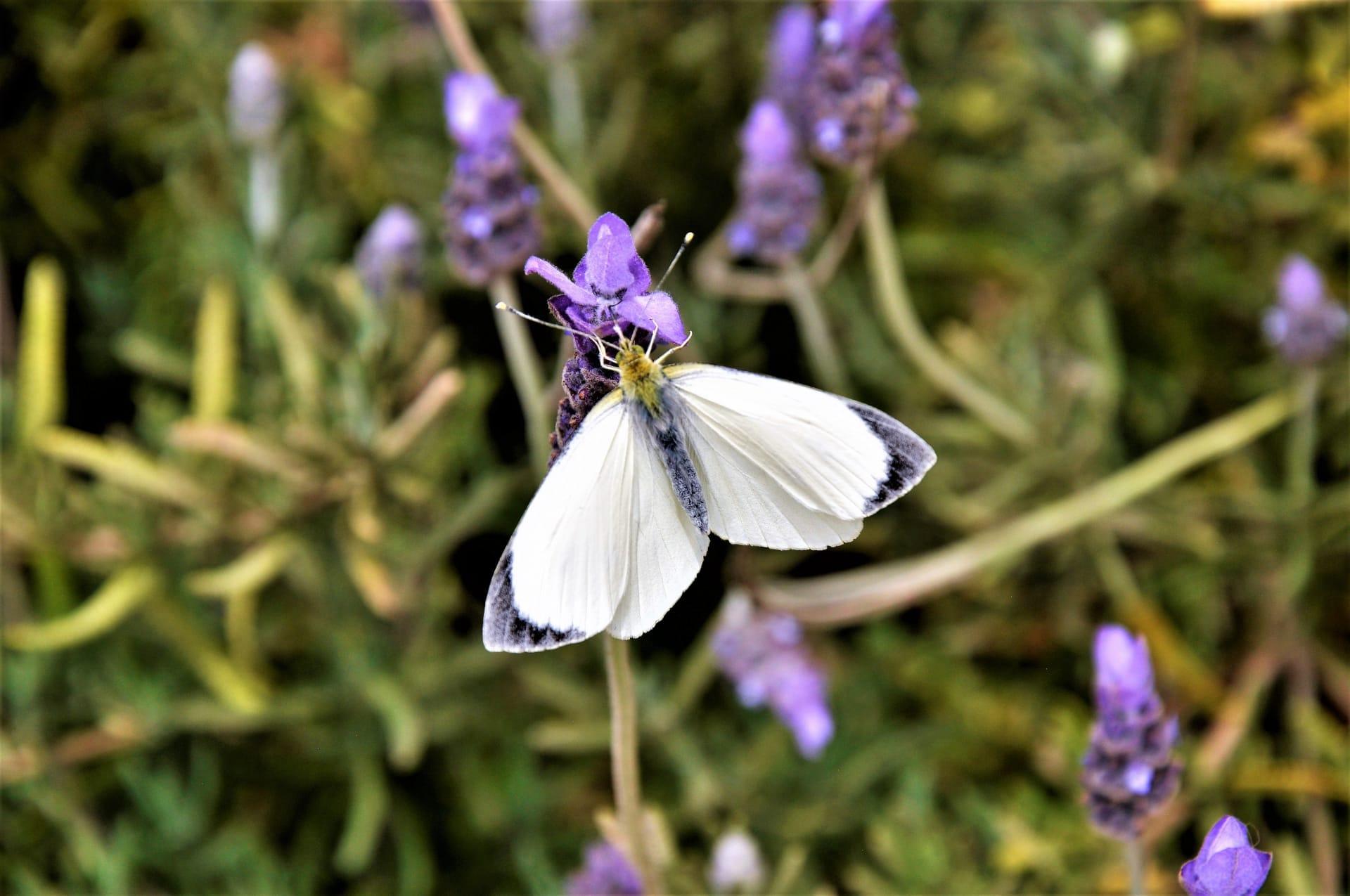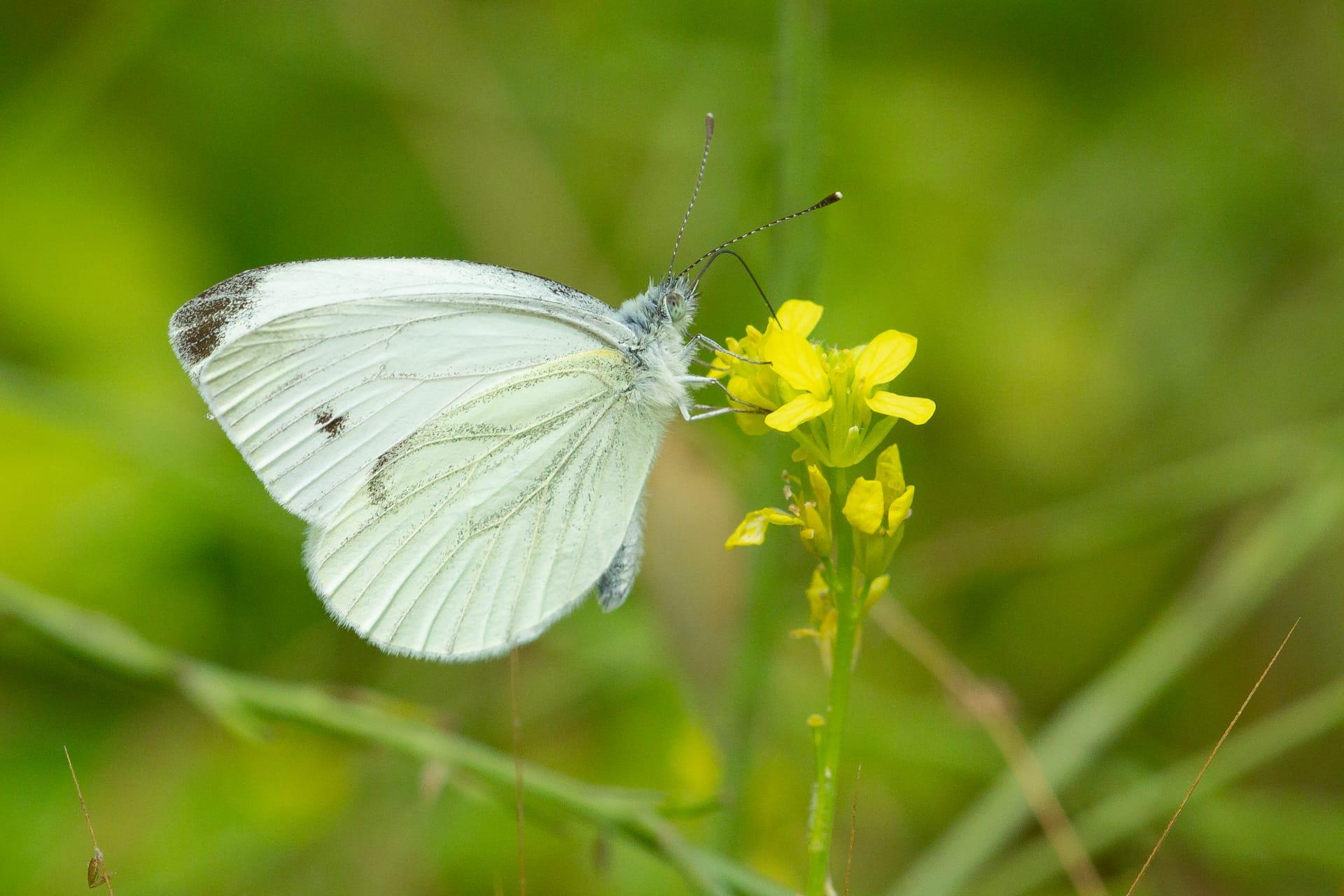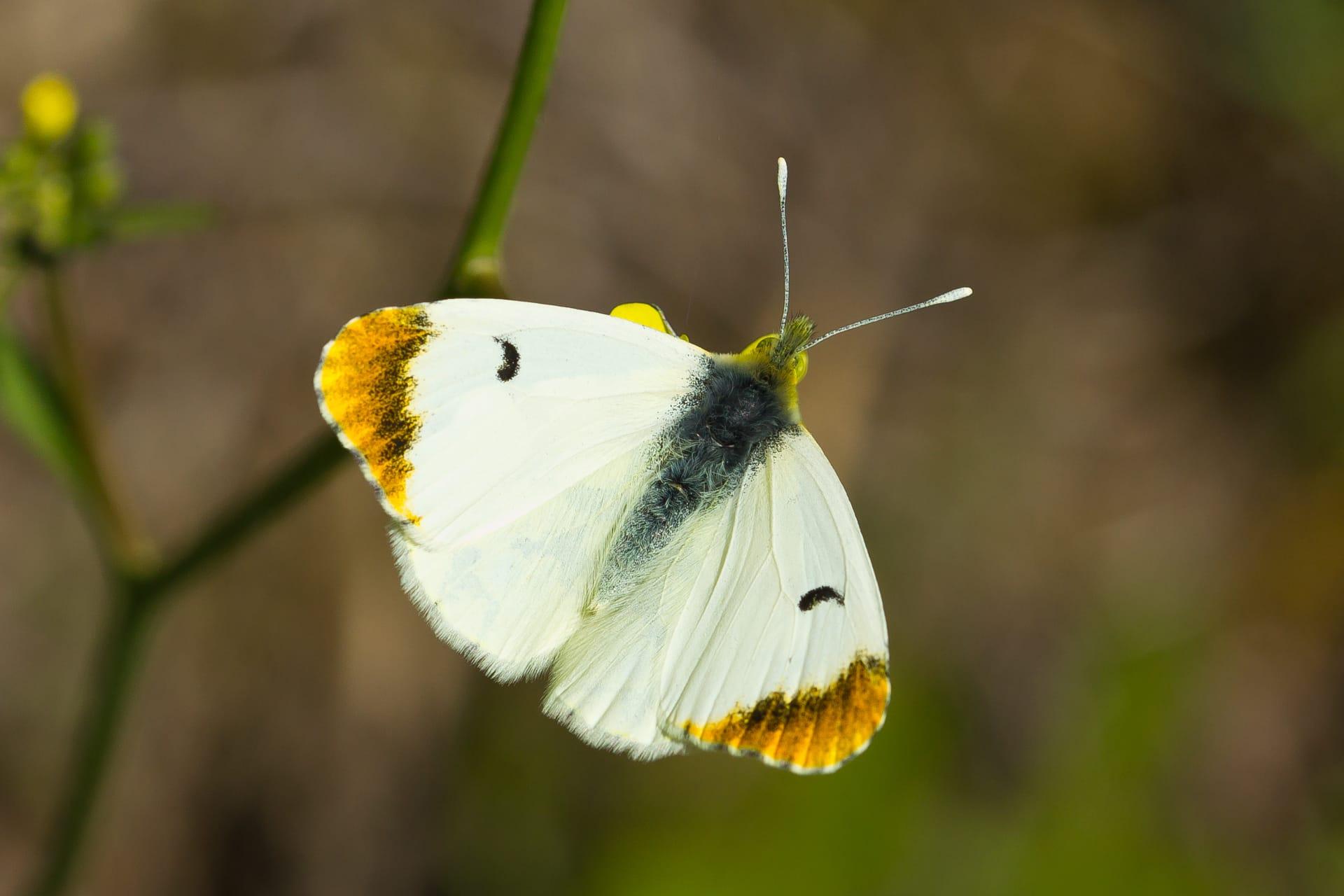White Butterfly Characteristics
- Home /
- Mini Encyclopedia /
- Animal /
- White Butterfly Characteristics
1
White butterflies, scientifically known as Pieridae, are fascinating creatures, particularly in their physical characteristics. Typically, these butterflies have a wingspan ranging from 1.6 to 2.8 inches (4 to 7 centimeters), making them a noticeable presence in their natural habitats. Their lifespan, although varying among species, usually spans around 20 to 40 days in the wild. This relatively brief lifespan is a key aspect of their existence, emphasizing the importance of each stage of their life cycle.
The most distinctive organ of the white butterfly is its compound eyes. These remarkable structures are made up of numerous tiny lenses, known as ommatidia. Each ommatidium contributes to a small part of the butterfly's field of vision, allowing them to detect rapid movements and a wide range of colors. This ability is crucial for avoiding predators and for locating food sources, especially nectar-bearing flowers. The compound eyes of a white butterfly can consist of up to 17,000 ommatidia, offering them a broad and detailed view of their surroundings.

2
Question: What is the significance of the coloration in white butterflies?
Answer: The coloration of white butterflies is not just a matter of beauty; it plays a critical role in their survival. The white color serves as excellent camouflage among the flowers and foliage where they feed and rest. This coloration helps them to avoid predators by blending into their environments. Additionally, the white wings often reflect sunlight, which can be a mechanism to regulate body temperature. The white coloration can also be a signal to potential mates, indicating health and vitality, which is essential for reproduction.

3
White butterflies exhibit a unique motion characteristic, known as fluttering. This flight pattern involves a series of rapid wing beats followed by periods of gliding. This erratic movement makes it difficult for predators to predict their path, enhancing their chances of escape. On average, white butterflies can reach speeds up to 12 miles per hour (19 kilometers per hour), although this can vary based on species and environmental conditions.
In terms of feeding, white butterflies primarily feed on nectar from flowers. They are equipped with a specialized feeding organ known as a proboscis, which works like a straw. This proboscis can extend to several times the length of the butterfly's body and allows them to reach nectar deep within flowers. They prefer flowers that are white or yellow, as these colors are more visible to them. Additionally, they require a variety of different flower species for optimal nutrition, as different flowers offer different types of nectar and pollen.

4
The natural habitat of white butterflies is diverse, ranging from meadows and gardens to forest edges and grasslands. They thrive in areas where flowering plants are abundant, as these provide essential resources for feeding and breeding. White butterflies are also adaptable to various climates, found in regions ranging from temperate to tropical zones. However, they are more commonly seen in areas with a mild climate, as extreme temperatures can affect their survival and reproduction.
Regarding reproduction, white butterflies undergo a fascinating process. They lay eggs on the underside of leaves, particularly favoring plants in the cabbage family, which caterpillars feed on after hatching. The caterpillars go through several stages, known as instars, before forming a chrysalis. The transformation from caterpillar to butterfly, known as metamorphosis, takes about two weeks. This process is critical for their survival, as it allows them to develop the necessary organs and structures for adult life, including wings and reproductive organs.

5
Book: "The World of White Butterflies" by Jonathan Green, published in the United Kingdom in 2010. This book offers a comprehensive look into the life of white butterflies. Green delves into their biology, behavior, and the role they play in different ecosystems. With vivid photographs and accessible language, it's a great read for anyone interested in these captivating insects.
Book: "Flutter and Flight: The Journey of the White Butterfly" authored by Maria Sanchez, released in the United States in 2015. Sanchez's book explores the migratory patterns and survival strategies of white butterflies. Blending scientific facts with engaging narrative, the book provides insights into the challenges these butterflies face in their natural habitats and the impact of environmental changes on their populations.